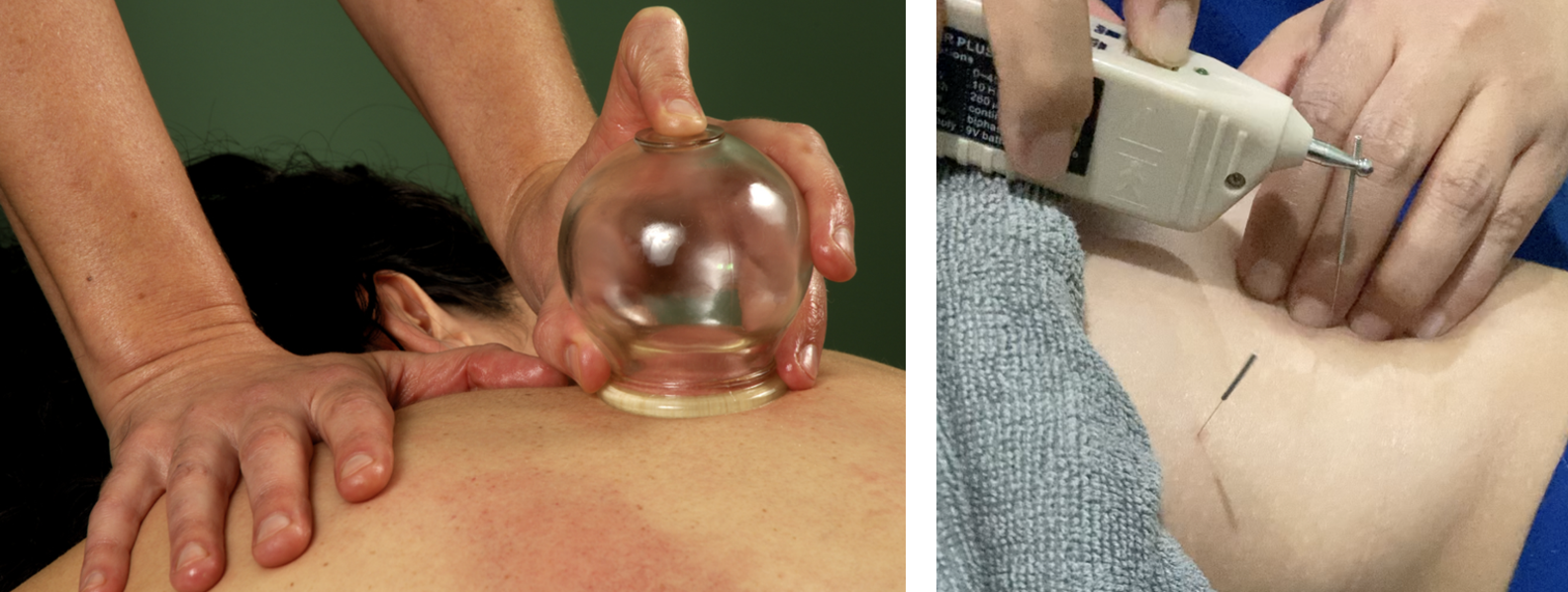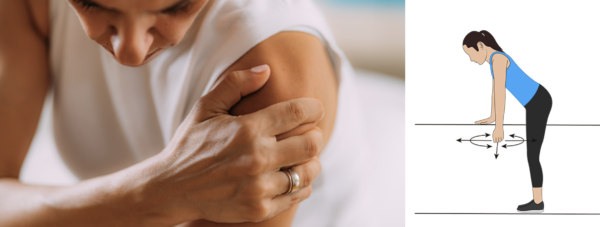❤️ Many patients come to the clinic with muscle skeleton issues, asking for Cupping because they are afraid of needles. When I recommend therapy to treat muscle skeleton issues, I always recommend doing both Acupuncture and Cupping on the same day of treatment. Some, refuse to do Cupping because they might not be interested or are afraid of the cupping mark. The article will explain the technique to help with muscle skeleton issues.
First, I would like to explain why Acupuncture and Cupping have their benefit that cannot replace each other. When you have pain, you should find out what is the cause of the pain first, not just put the needle or the cup on where you feel pain because normally it is not the source. Research demonstrates that pain in one area of the body is often a symptom of a weakness somewhere else. For example, knee pain can result from the hip abductors’ motor inhibition (they can work but not optimally). In contrast, low back pain could result from inhibited rectus abdominus and oblique core musculature.
For example, my way of treating lower back pain is
Part 1: to perform a manual muscle test of the hip girdle muscles and note if any muscles present with weakness. Once we detect the weak muscle (s), we can perform electroacupuncture on that muscle(s) to restore proper movement.
Part 2: then go in and treat the locally affected tissues (patient always pinpoint their pain here) with acupuncture and Cupping, which I can find in this location are restriction and tension.
After removing all the needles from the patients, I will apply lotion over the skin, then, gliding the cup along the muscle plane underneath, known as fascia. When moving the cup, the purpose is to break up adhesion on the tissue. I always call it as Myofascial cupping.
The initial consultation is very important, I will assess the patient’s overall health, medical history, and specific concerns to tailor the treatment plan to their needs. Furthermore, certain conditions may require specific techniques or modifications to achieve optimal results or prevent undesirable effects.



